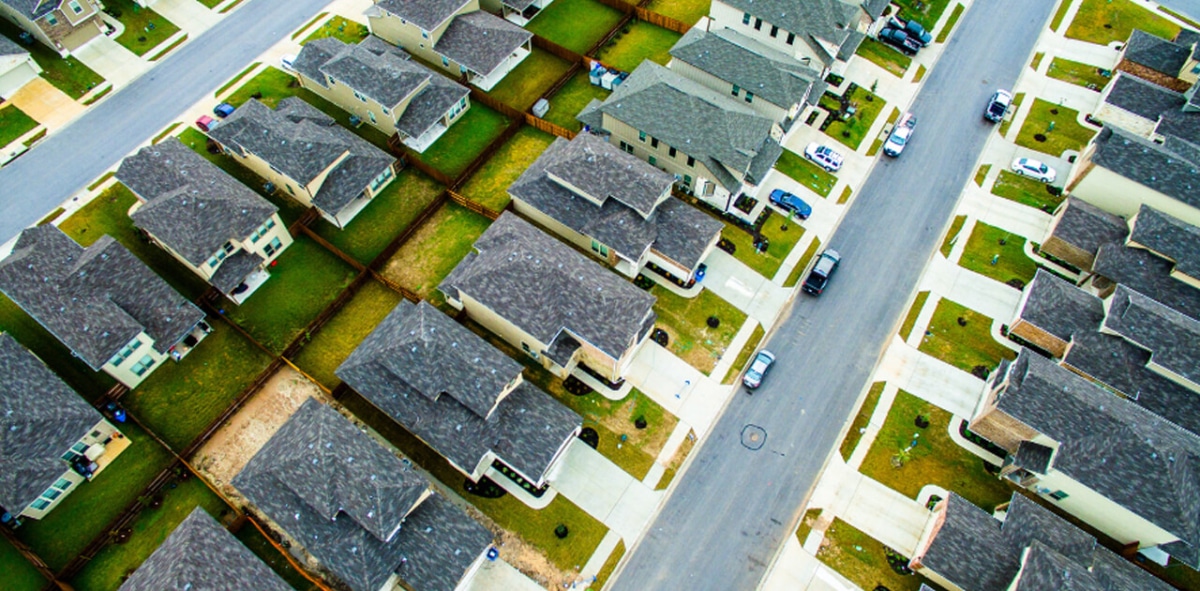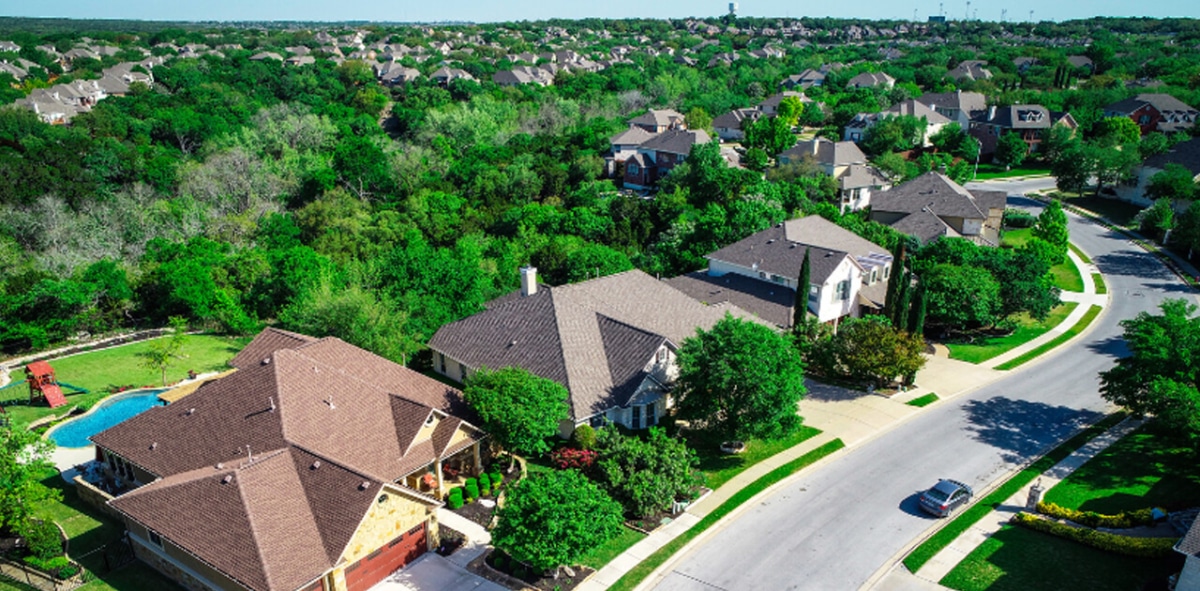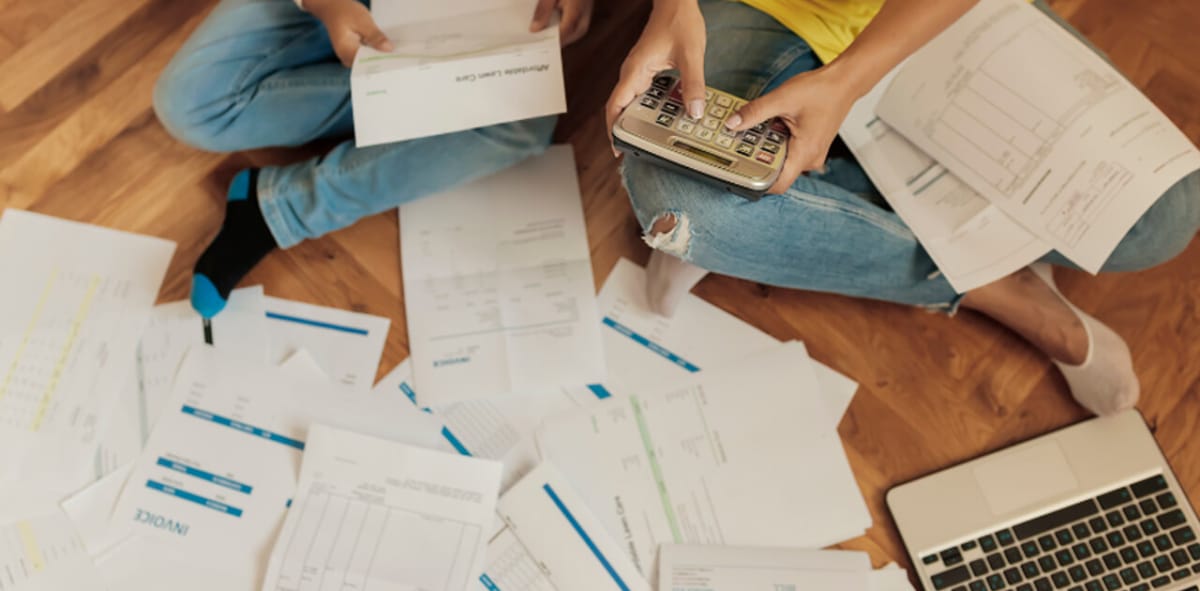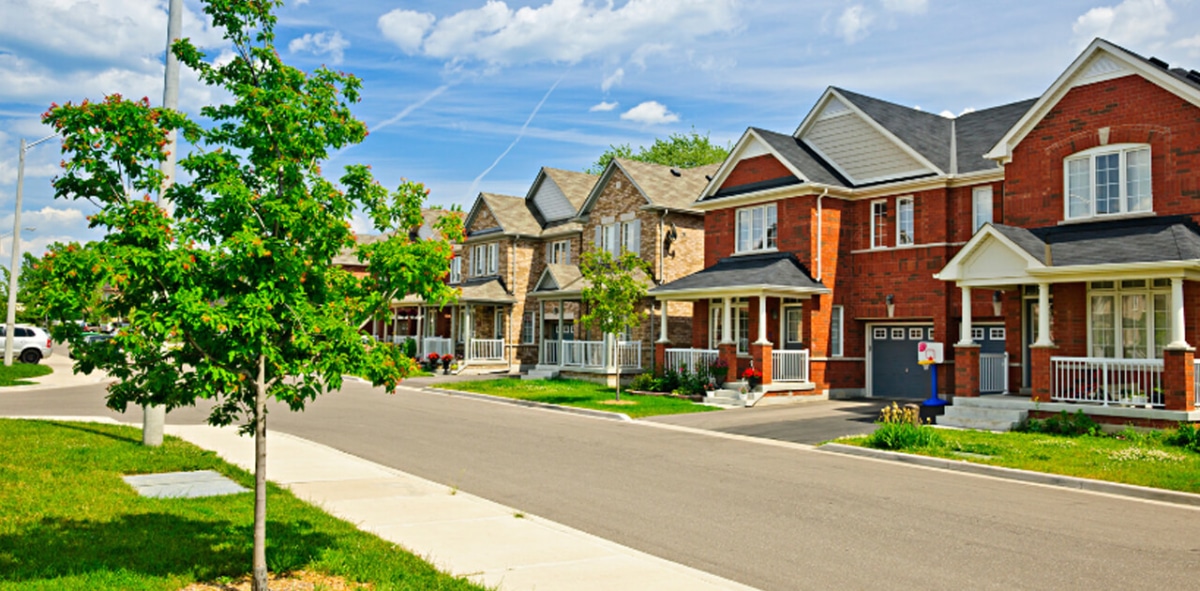Foreclosure Tsunami About To Crash The Housing Market in Austin?
A lot of people are asking me, is this a bubble that we’re in right now? And is it going to burst? And when it does burst, can I swoop in and buy all the cheap houses? Like what happened in ’07 and ’08?
A lot of what I’ll be talking about here is derived from an article from CNN that talks about this topic specifically, but this will summarize what is happening in the market nationwide.
So, let’s get this out of the way. It’s not a bubble, so it’s not going to burst. If that’s the only reason you’re here, you can go about the rest of your day.
We will discuss some differences between the madness that happened before the great recession in 07 and 08 and what is happening in the market now.
One of the things that contributed to the huge bubble and bursting, which I talk to my clients about, is when we were in the mid-2000s, there was just an enormous oversupply of homes.
At the peak of all the madness in the mid-2000s, we had an inventory of about 2 million homes. Right now, we have the complete opposite situation. So nationwide, especially in Austin, we have a huge supply and demand discrepancy. We have a very high demand and a meager supply of homes.
At the peak of the mid-2000s, the inventory of homes was about 2 million. Right now, it’s about 1.6 million. So we have much fewer homes than we did then. And we also have many more people looking to buy. So it’s a twofold situation that’s going on right now.
Another major factor was that lenders were lending money to people who didn’t have any business borrowing money. So they were writing bad mortgages. Their underwriting requirements were shallow and lax.
Since then, we’ve put a lot of rules and regulations in place to ensure that doesn’t happen. Before, people were putting 0% down to buy homes and having adjustable rate mortgages and basically whatever they could do to buy a home. They bought two, three, and four homes because the underwriting guidelines were so lax they could afford to.
Now, we have fixed a lot of those rules and regulations. Underwriters and lenders are being much more cautious and only lending money to people they think can repay them. It’s a little bit of a pain in the butt when you are buying a home because they’re going to ask for a ton of documentation, especially if you are a small business owner or an independent contractor. That’s what I am.
I just refinanced my house. And I had to give them every single document I’ve ever had about my income since the day I was born, plus a pint of blood plus a lock of hair. And I had to promise them my kidney next year. They require a lot of information documentation, but we’re trying to prevent the big crash in the mid-2000s.
During the mid-2000s, lenders were lending money to anyone and everyone, which artificially drove up the demand for houses. So, instead of just one family moving to Austin and needing to buy a house, this dude with no job and no income was buying four and five houses as investment properties.
What happened before was there was a high demand, but it was an artificial demand because these people couldn’t actually afford to buy houses. These were called ninja loans because the borrowers had no income, jobs, or assets. People with no income, job, or assets were getting home loans. They were buying four or five houses.
We do not have that today. There have been no ninja loans. The prevalence of that is like zero to very, very low. I don’t know what the case would be for you to even be able to get a loan if you have no job, no income, no assets. It would be impossible right now.
So it was a case of people who couldn’t afford to buy a house getting approved for a loan to buy a house that contributed to this supposed high demand. That’s just not happening right now.
The type of loan people use to buy their homes has drastically changed as well. Currently, most folks buy homes with a conventional fixed loan, meaning the interest rate is fixed. Once you lock it in, it will never change for the life of the loan.
Interest rates are really low right now, so if you buy a home, you’re locking in that interest rate for the next 20 to 30 years, however long the term is on your loan.
In the mid-2000s, many people had adjustable-rate mortgages, meaning their interest rate would increase or decrease based on how the market was doing.
21% of the market in 2006 were adjustable rate mortgages. When the interest rates went up, people’s mortgage payments went up, too. So suddenly, the ninja loans we just talked about – no job, no income, no assets – can’t make payments.
Today, only 2% of mortgages are adjustable rate mortgages. By far, everyone I am seeing and working with is using either 15- or 30-year conventional loans. No one is working with adjustable-rate mortgages right now. That also helps to keep payments stable.
A thing to note is that in Texas, we have property taxes instead of income taxes. That is the only thing that could be variable in your monthly payment. But once your interest rate is locked in with a conventional loan, your principal and your interest will stay the same for the life of the loan.
This ties into the other issues that we’ve talked about. We’re getting ninja loans; people who can’t afford homes buy up four and five homes. Another major factor in the mid-2000s was mortgage debt, about 7% of a household’s total disposable income, which is a really high percentage to have debt for your mortgage. When that happens, when you’re stretched thin, any variable (remember, a lot of these folks had adjustable rate mortgages)or change is going to make it really hard for you to stay on track and pay those mortgage payments.
Currently, mortgage debt accounts for 2.45% of household disposable income. This is in early 2021, so it’s less than half of what it was in the mid-2000s. When this happens, you’re less likely to have to sell your house when there’s a decline in the housing market. We’re going to see fewer defaults and fewer fire sales. So when I talk to folks waiting for the bubble to burst so they can swoop in and buy all the foreclosures, I hate to break their heart, but that will not happen this time.
People aren’t as leveraged as they were before. They’re not borrowing as much, putting more money down, and are better qualified for their current loans. The bank no longer loans people without income, jobs, or assets. You have to prove that you can afford this house, and you have to put some money down. Except for VA loans, where you don’t put any money down, you need to put some money down for your house, and the bank needs to know that you can pay it back.
Another piece of this is that if a homeowner did default on their payments if the home went into foreclosure and was about to be foreclosed on, the market had already tanked. So, if they were to sell, they wouldn’t get any money because there’s too much supply and not as much demand. You really couldn’t sell your house for what you wanted to.
Right now, we have the opposite problem. Fewer folks can’t make their payments and may have to sell their house to pay off the loan. If that happens and someone has to sell their house, prices have increased 20% in the last year. So the market is exploding because we have a very high demand and a very low supply. So, anyone in trouble with their mortgage right now and needs to sell their home to get out from under it will not have any trouble selling it for market value.
Unfortunately, there are just no deals to get right now. There are no diamonds in the rough. There’s no secret housing code or something like that where you can swoop in and get this fantastic deal that no one’s ever heard of. Someone would have found it by now, and if you’re seeing a home that’s super cheap for some reason, there’s a reason.
Prices don’t decline when we have a shortage, whether about houses, eggs, butter, milk, or chicken. Chicken is a perfect example right now. So there’s a shortage of chickens right now because we had this massive freeze in February that killed a million chickens. The chickens cannot lay eggs fast enough to supply all the chickens we like to eat. When the supply and demand are low, prices will go up.
Chicken is the most expensive it has ever been because of low supply and high demand. Luckily, we’re not having chicken bidding wars. Maybe the grocery stores are, I don’t know. I’m not bidding anyone else for chicken, but if you have a very low supply and high demand, that will keep increasing prices. Prices are not going to drop when the demand exceeds the supply.
At the end of June, we had 1.25 million existing homes on the market total nationwide. That’s down 19% from June 2020, during the pandemic. We’re on the road to recovery, so you would think we would have more homes on the market, but we don’t. We have a fifth fewer homes on the market to sell. We have a 2.6-month supply of homes. That means the homes on the market right now would be completely sold in 2.6 months if no other homes came on.
A six-month supply is what economists consider a balanced market. Six months of inventory on the market. We currently have 2.6 months, meaning we have a very low supply and high demand. So, this is a very ripe seller’s market nationwide.
I’ll tell you, in Austin, we have a 0.6-month supply of inventory on the market, not 2.6 0.6. So it would take us only two weeks to sell them all, which is insane. As I said, a balanced market is six months’ supply, which means that it’s not a buyer’s market but a seller’s market. Everyone is on an equal playing ground, with no supply and demand issues.
A few factors show us that this trend may be self-correcting and that the market may be slowing nationwide. We’re going to exclude Austin from this because Austin is not really included in these numbers. We will talk about what is happening nationwide and how the market may be slightly cooling. Don’t get excited. So for the third month in June, new homes like new construction home sales declined. That indicates that the market is cooling a little bit.
Existing home sales declined for four months before we saw a slight uptick in June. So what’s happening because of the supply and demand issue, and we talk about very low supply, prices will continue to rise.
Some buyers are just priced out of the market right now. I talked to a few folks who have been wanting to move to Austin for a year. They keep saying they wish they had moved sooner. I wish you had, too, because prices have increased 25% since then. And that’s a low estimate. That’s not even the actual number in Austin. I’m trying to view something realistic.
So unless your paycheck has gone up 25% or you just decided to spend 25% more in a house that’s like a $400,000 house, it’s now $500,000. Many buyers are not buying right now either because they don’t want to pay that much for a house or can’t. So we have a little bit less demand, which is cooling and self-correcting the market. These folks are renting or just deciding not to move to the city they want to now. And for most of the country, that may be a good option. Unfortunately for Austin, I don’t think that is a very smart move because our prices will continue to increase.
They may not increase by 25% but will not decrease. Here is some information about what is happening nationwide. In Phoenix and San Diego, prices rose 25% year over year from June of this year to June of last year, and prices in Seattle increased 23%. So this is 100% a nationwide shortage and supply and demand issue. It’s even crazier in Austin, though.
If you need help moving to Austin, navigating, or understanding the Austin housing market, please get in touch with me.









